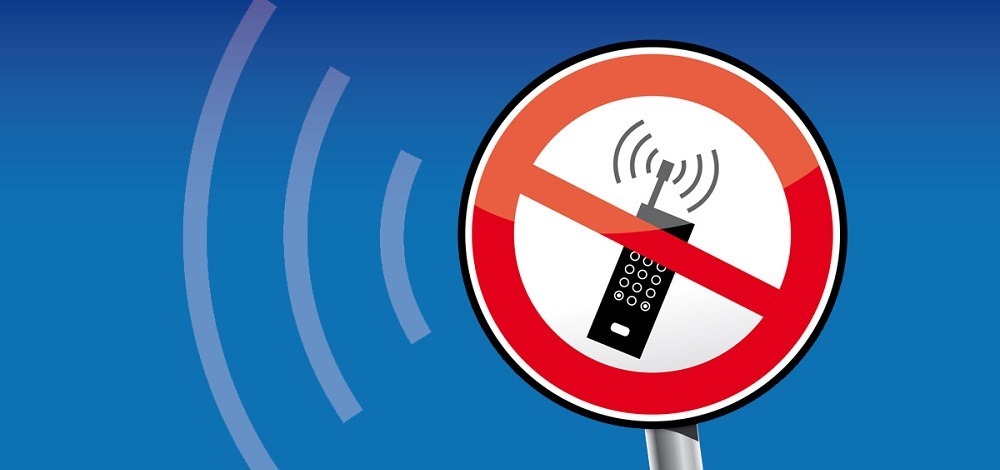Airtel and Vodafone Have Most Towers Exceeding Radiation – DoT
All non-compliant towers said to be safe as per guidelines

A couple of months back, Department of Telecommunications launched Tarang Sanchar to educate people about Electromagnetic Fields (EMF) or radiation from mobile towers. While the Government has taken stringent steps to maintain this, WHO has its own set of parameters.
In a recent audit conducted by the telecom department, a total of 284 sites have been found to be non-compliant. This puts the people around these towers at risk and there is an urgent need to contain the radiation.
“During the audit carried out by TERM Cells, a total of 284 BTSs installed on various mobile towers by various TSPs have been found exceeding the prescribed EMF radiation limits as on June 30, 2017,” said Manoj Sinha, Telecom Minister.
Airtel and Vodafone Were The Most Non-Compliant
Of these 284 towers, Airtel had around 69 sites while Vodafone had around 62 such sites. 34 of these sites belonged to Tata Teleservices and its subsidiaries combined. Reliance Communications contributed to 32 sites, Idea Cellular had 22 while Aircel had 20 and Loop Mobile, whose operations are now shut down, had 11.
The other players in the area had smaller contributions to this. Reliance Jio and BSNL had 10 sites each, Telenor had 8, MTNL had 3, Videocon Telecom had 2 and Sistema Shyam had just one.
Telenor and Videocon Telecom are or will be a part of Airtel now, which increases the number of Airtel’s sites non-compliant with the limits set of DoT. The limits set by the ministry is very stringent and keeps a regular check of these mobile sites.
How Worrisome is This Audit Report?
If you look at the report just from the perspective of the guidelines set by DoT, then these radiation figures are worrisome. In fact, non-compliance or violation of radiation puts people around these towers at risk, while interference of the towers’ radiations can be even worse.
However, Manoj Sinha reassures that these limits are already ten times more stringent than the ones set by World Health Organisation (WHO) and International Commission on Non Ionizing Radiation Protection (ICNIRP). According to them, anything below their level of radiation is not known to have consequences on human health.
In this case, once these towers are compliant with the norms set locally, they would automatically be compliant with the global recommendations. It is good to see that India has quality checks in place with tighter rules that are being followed.
